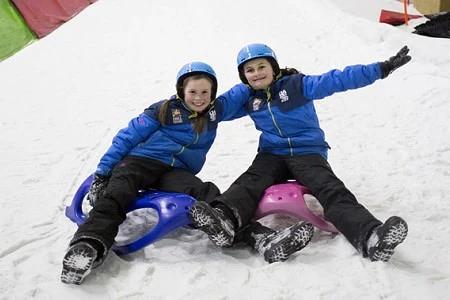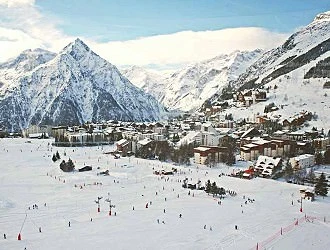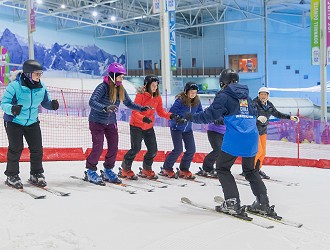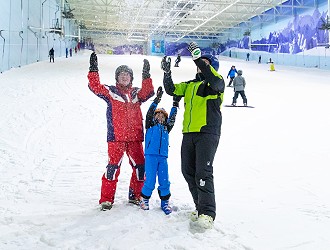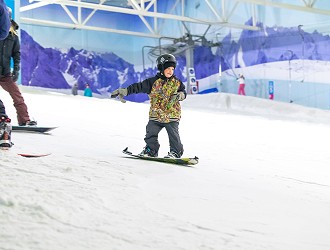Learn off-piste skiing with Chill Factore
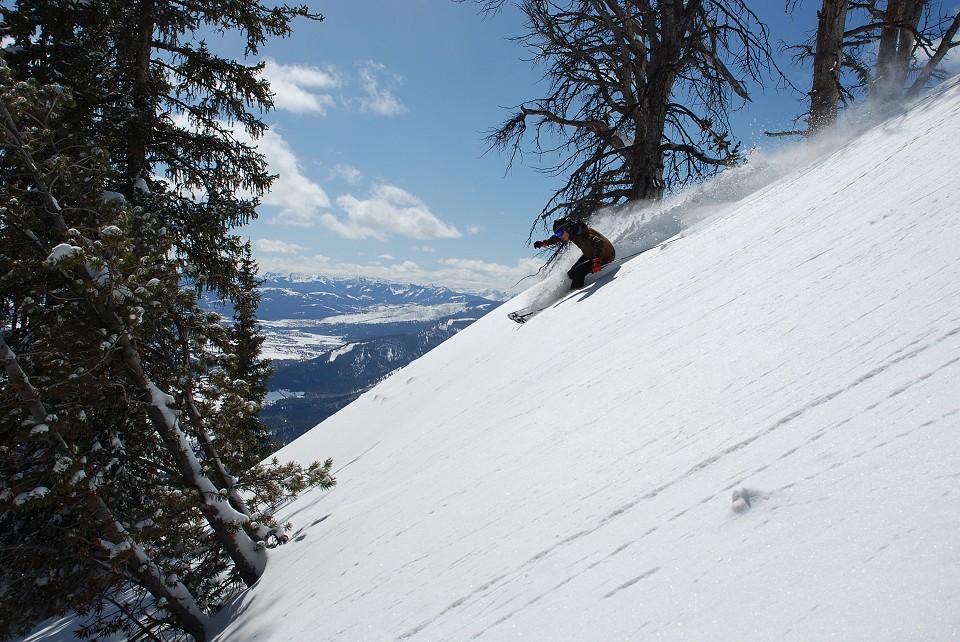
Off-piste skiing is perfect for adrenaline junkies and thrill-seekers who crave the excitement of the backcountry’s untouched snow. When skiers want a true test of their abilities, they’ll leave the comfort of ski resorts and venture out onto off-piste terrains. However, it’s important that you know the skills required for off-piste skiing in order to effectively navigate more challenging environments. So before you grab your skis, make sure you learn the key techniques for off-piste skiing with Chill Factore!
What is off-piste skiing?
Also known as backcountry skiing, off-piste is a French term used by skiers to describe terrains with challenging snow conditions. Off-piste can also relate to skiing outside the boundaries of ski resorts. Off-piste terrains present skiers with arguably the most challenging obstacles found in skiing, such as deep snow, steep slopes and narrow chutes.
Why should I learn off-piste skiing?
If you’re a skier, chances are you fall into one of two categories: safe or adventurous. Safe skiers are those who enjoy their skiing within the confines of popular, commercialised resorts with groomed slopes and minimal risk. Adventurous skiers, on the other hand, relish the thought of skiing away from the tourists on unpatrolled, uncommercialised and ungroomed slopes.
It’s here where they can encounter real challenges, push themselves to the limit and get an adrenaline rush like no other. Off-piste skiing is akin to a camper seeking to go into the wilderness and be at one with nature. Put simply, it provides skiers with an unmatched feeling of freedom and, arguably, the purest form of skiing.
How dangerous is off-piste skiing?
Off-piste skiing can be dangerous, there’s no doubt about it. However, while skiing off-piste does present additional risks, that doesn’t mean it should put you off. After all, countless skiers enjoy skiing off-piste every year and, statistically, most skiing accidents tend to be in the form of piste collisions.
In Europe, off-piste skiing is actually permitted at the majority of ski resorts. What’s important is preparation. Preparing yourself for the potential dangers and risks that you might encounter whilst off-piste skiing, mastering the techniques required to off-piste ski, and planning ahead for adverse weather conditions is what
Aside from the obvious risks presented by non-commercialised skiing, such as more difficult terrains, skiers must also be aware of the very real danger of avalanches. While not all off-piste terrains possess this risk, there are some untouched environments that can be prone to the exposure of avalanches under certain circumstances.
In addition, other hazardous obstacles to take into consideration for off-piste skiing are cliffs, rockfalls and tree wells. If you plan on off-piste skiing in environments with such risks, we strongly advise researching the area and ensuring you have the right backcountry gear. It’s important that you know how to use things like transceivers, shovels and probes.
Above all, we advise that you don’t go at it alone and tell people about your plans. As long as you know what you’re doing, exercise caution and plan ahead, then you should have nothing to worry about.
Off-piste skiing techniques
Now that we’ve provided a basic understanding of off-piste skiing, we can explore what techniques will better equip you as an off-piste skier. If you’re deciding to ski off-piste, chances are you’ll have already mastered skiing on the piste. You should feel confident in your ability skiing in ski resorts or ski attractions, such as the indoor slopes we offer at Chill Factore.
As such, the following techniques we will be discussing are recommended for advanced skiers only:
Positive pole swings
The first off-piste skiing technique that we will be looking at is positive pole swings. Specifically, we will be discussing the rhythm of your pole swing and how this can help enhance your technique on off-piste terrains. Postive pole swings can help your body position, prevent hesitation, and prepare you for the next turn.
Achieving a positive pole swing is the glue that binds your turns together. It should feel like a smooth, progressive movement that is perfectly in time as you turn. As soon as you’ve started the turn, the pole should be coming forward and the rhythm should match the turn shape.
When one pole is planted, the other pole should already be preparing for the next turn. This will create a non-stop rhythm that seamlessly links turns together. Remember, the longer the turn, the slower the swing. Focusing on a smooth pole swing should allow you to start a new turn without hesitation.
Make sure you drive outside and through the turn to keep your core stable and improve your balance, which helps deal with the variable snow conditions. And don’t forget that your arms follow the skis throughout the whole turn. In practice, this may seem subtle, but it makes a big difference to your overall off-piste ski performance.
Choose the right line and plot ahead
Next, we will be discussing the importance of your line choice when off-piste skiing. This is something that all great skiers do and with experience, this should become second nature. Choosing the right line and plotting ahead will allow you to get the most out of your run. Do this by scanning the slope for obstacles, such as rocks and trees before you head off. This allows you to set yourself up properly so you’re in a better position to enjoy the run without any issues.
Planning your off-piste skiing not only includes where you’re going to go but also where you’ll start. If it’s better to come down a few meters or change direction, get into position and start your first few turns with confidence for a better run. Taking a moment to plan your route is also good to help spot bumps and other features within the powder. These can help you release weight on your skis and make it easier to initiate turns.
Skiing in variable snow
When you’re skiing off-piste, more than likely this will be done in variable snow. Skiing in variable snow is very exciting, but conditions are constantly changing. Because of the unpredictable weather and terrain, snow can be tracked out, soft or hard. As an off-piste skier, it’s important that you know how to adjust appropriately to these changes, as and when they come
The two main adjustments you’ll need to learn when off-piste skiing is forward back and side-to-side adjustments. While there is no simple formula, you will feel that your feet work independently and how much weight you apply to each foot depends on the snow conditions. Therefore, work to stay in balance and constantly react to changes in the conditions.
You may find that you’re being pushed around from foot to foot and have to consistently adjust. Which is why a strong core and stance will allow your knees and legs to absorb bumps and drive through the snow. The best skiers know how to get information through their feet and legs to help inform skiing technique.
Combine this with the strong pole swings for linking turns and looking ahead for the best conditions, which we discussed earlier for greater effect. As you begin to hit more consistent snow, you’ll find that adjustments are much more subtle, allowing you to go with the flow. With more off-piste experience, the ability to interpret conditions and anticipate changes will grow with your technique.
Off-piste skiing lessons with Chill Factore
To practice these off-piste skiing techniques, why not book one of our private ski lessons out on the main slope? Our experienced instructors will be able to get you comfortable with variable piste conditions and help ease your transition as a piste skier to an off-piste skier. Book a private lesson and learn off-piste skiing with Chill Factore now.


